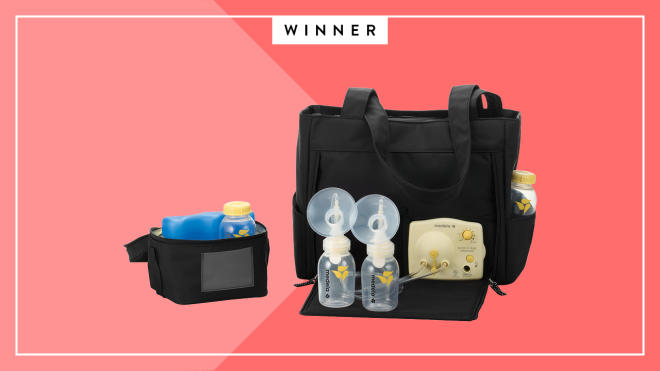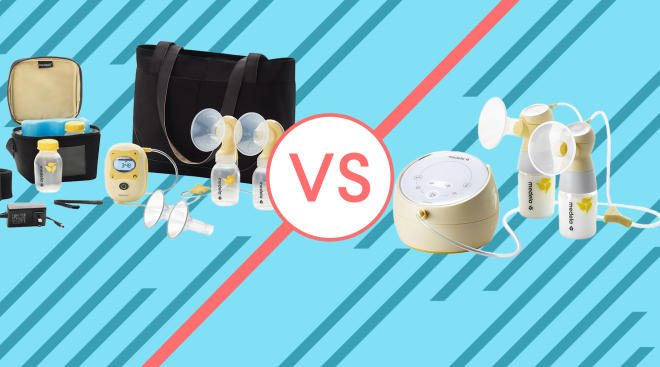CDC Ramps Up Guidelines for Cleaning Your Breast Pump
Bearing in mind that breast milk is essentially liquid gold, you’re probably taking a lot of precautions to keep your breast pump clean. But also bearing in mind that pumping often happens when you’re away from home, it can be difficult to thoroughly sanitize every part. Still, the Centers for Disease Control and Prevention (CDC) is now encouraging mothers to clean breast pumps between every single use—and it’s breaking down exactly how and why to do so.
The guidelines explain that “keeping the parts of your pump clean is critical, because germs can grow quickly in breast milk or breast milk residue that remains on pump parts.” Largely because babies don’t have fully-developed immune systems, these germs can pose a risk of infection. And that risk is even higher when a baby is premature.
A case involving a premature baby is exactly what’s sparking these new guidelines. A baby born at 29 weeks contracted a rare infection called Cronobacter at 3 weeks old, leading to sepsis-like symptoms, spastic cerebral palsy and developmental delays. After a thorough investigation, the CDC found traces of the bacteria in the mother’s breast pump parts, breast milk and sink. The scariest part? The mother said she typically left the pump’s parts to soak in soapy water for up to five hours. But she didn’t scrub or sanitized—she only rinsed and air-dried afterwards.
Now, the CDC is calling for healthcare professionals to provide detailed recommendations about how to handle breast milk. But it recognizes that there are many different “settings in which mothers might need to pump their milk, such as hospitals and workplaces.” Washing your pump’s tubing may not be feasible in your communal office kitchen—so you should just do your best to follow as many of the below guidelines as you can.
Before each use
- Wash your hands
- Inspect your tubing for mold, and discard it if you find any
- If you’re using a shared pump, clean the dials, power switch and countertop with a disinfectant wipe
After each use
- Clean the pumping area and pump base with a disinfectant wipe
- Take apart breast pump tubing and separate all parts that come in contact with your breast or breast milk (flanges, valves, bottles, etc.)
- Rinse each part with running water to remove remaining milk
- If cleaning by hand, use a wash basin and avoid placing parts directly in the sink. Add hot water and soap, scrub with a clean brush used only for infant feedings, rinse and air-dry thoroughly
- If cleaning in the dishwasher, place small parts in a closed container or bag. If possible, run the dishwasher using hot water and a heated drying cycle (or sanitizing setting) to kill more germs. Air-dry thoroughly
- Don’t forget to clean the wash basin and scrubbing brush too, rinsing after each use and washing with hot water every few days
For extra protection
- Consider sanitizing pump parts at least once a day if your baby is less than 3 months old, was born prematurely, or has a weakened immune system
- Use the above steps for cleaning before sanitizing
- Check the pump’s manufacturing instructions to see if it can be steamed or boiled
- If steaming, you can use a microwave or plug-in steam system
- If boiling, place disassembled items that are safe to boil into a pot and cover with water, boiling for 5 minutes
- Air-dry thoroughly
How to store milk
- Use a capped milk collection bottle or sealed milk collection bag
- Label with date and time
- Immediately place in a refrigerator, freezer, or cooler bag with ice packs
Navigate forward to interact with the calendar and select a date. Press the question mark key to get the keyboard shortcuts for changing dates.




















































